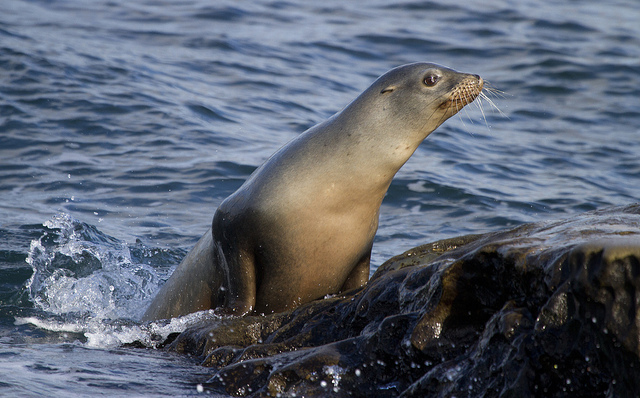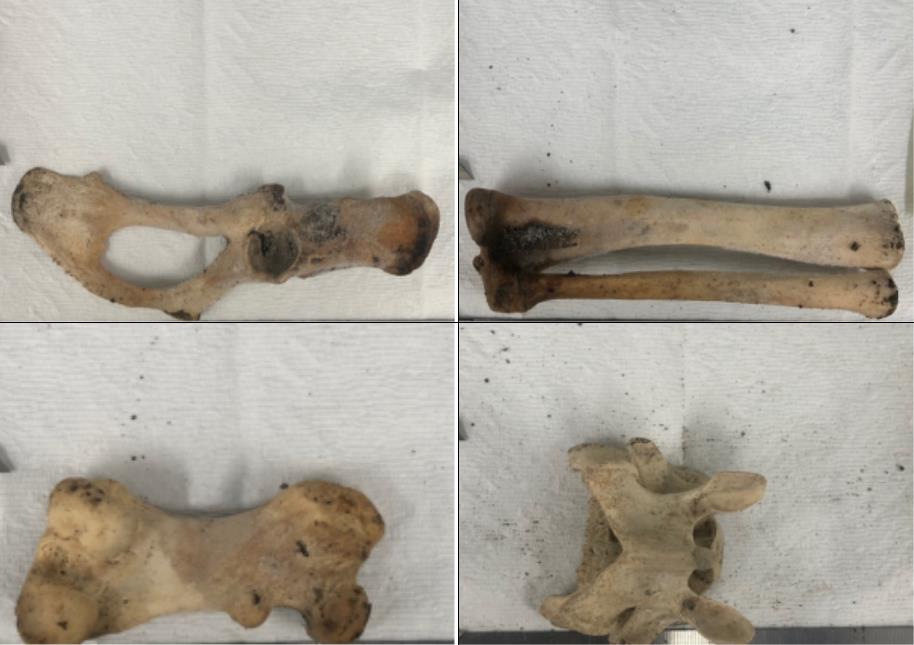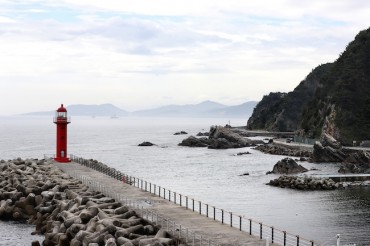SEOUL, March 24 (Korea Bizwire) — The Ministry of Oceans and Fisheries said Tuesday that it will transfer bones of Dokdo sea lions, excavated near the coast of Ulleung Island in September of last year, to the National Marine Biodiversity Institute of Korea for genetic research and education.
The ministry found that the excavated bones belonged to sea lions that used to live on the country’s easternmost islets of Dokdo in the past after comparing their genetic data with that registered to the U.S. National Center for Biotechnology Information.
The sea lion bones are very well preserved, and extremely rare with only 20 samples in the Netherlands, Japan, Britain and others.
The ministry plans to work with the institute to study the genomic compositions of the bones to recover the sea lion’s full skeletal form and work on the restoration of the sea lion species.
They will also produce full-sized replicas of the sea lions through 3-D printing, and use them for education programs and exhibitions.
Dokdo sea lions, now known to be extinct, had long and slender bodies, with short ears and tails. Males and females grew up to 2.5 meters and 1.6 meters long, respectively. It’s been told that some males could weigh up to 560 kilograms.
They used to live in the East Sea and off the island of Hokkaido in Japan. They were hunted down en masse by Japanese poachers during the Japanese colonization of the Korean peninsula.
The last of the Dokdo sea lions were observed in 1976. The International Union for Conservation of Nature has classified Dokdo sea lions as an extinct species in 1996.
Image Credit: Flickr / Ministry of Oceans and Fisheries / photonews@koreabizwire.com









